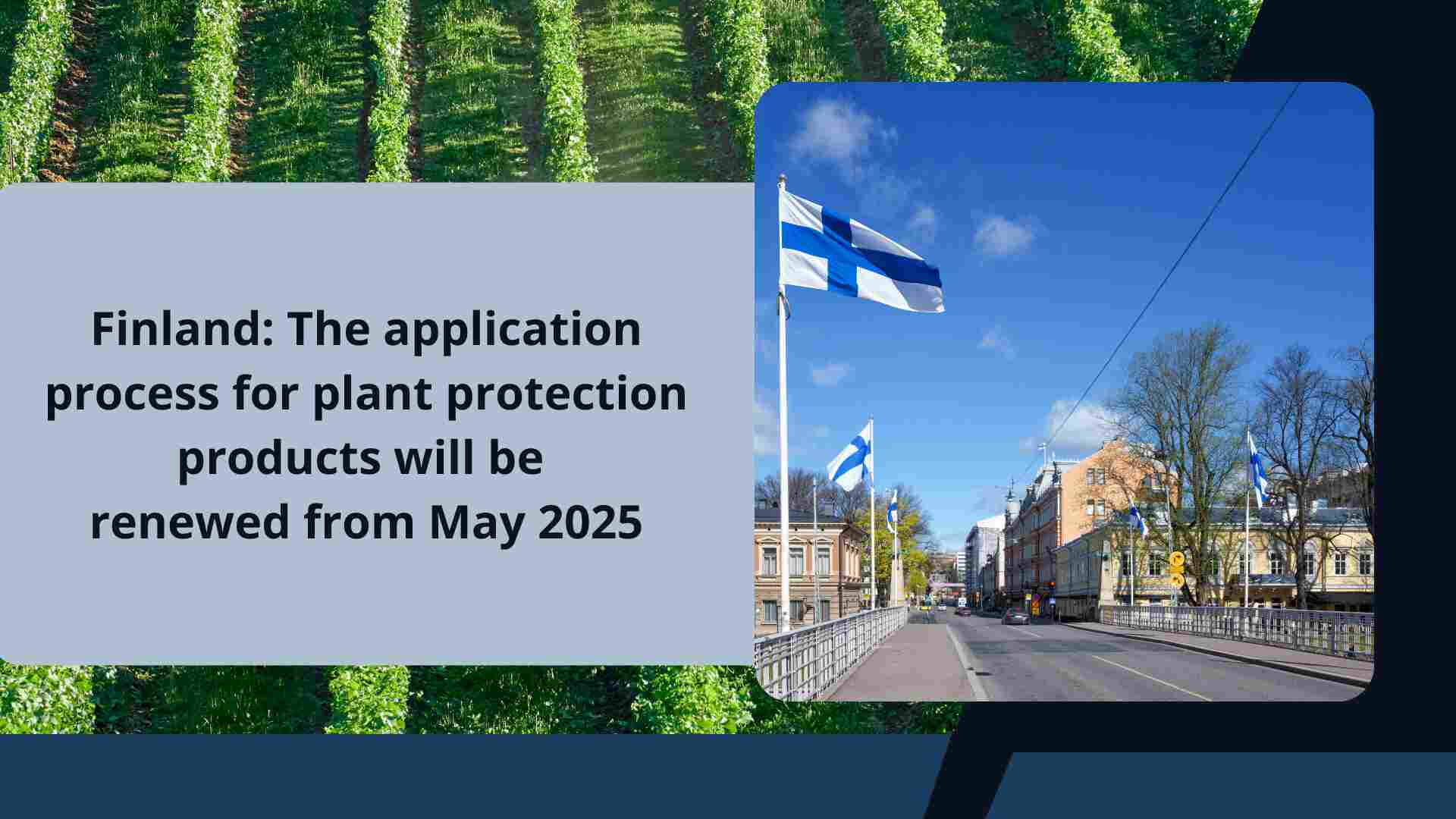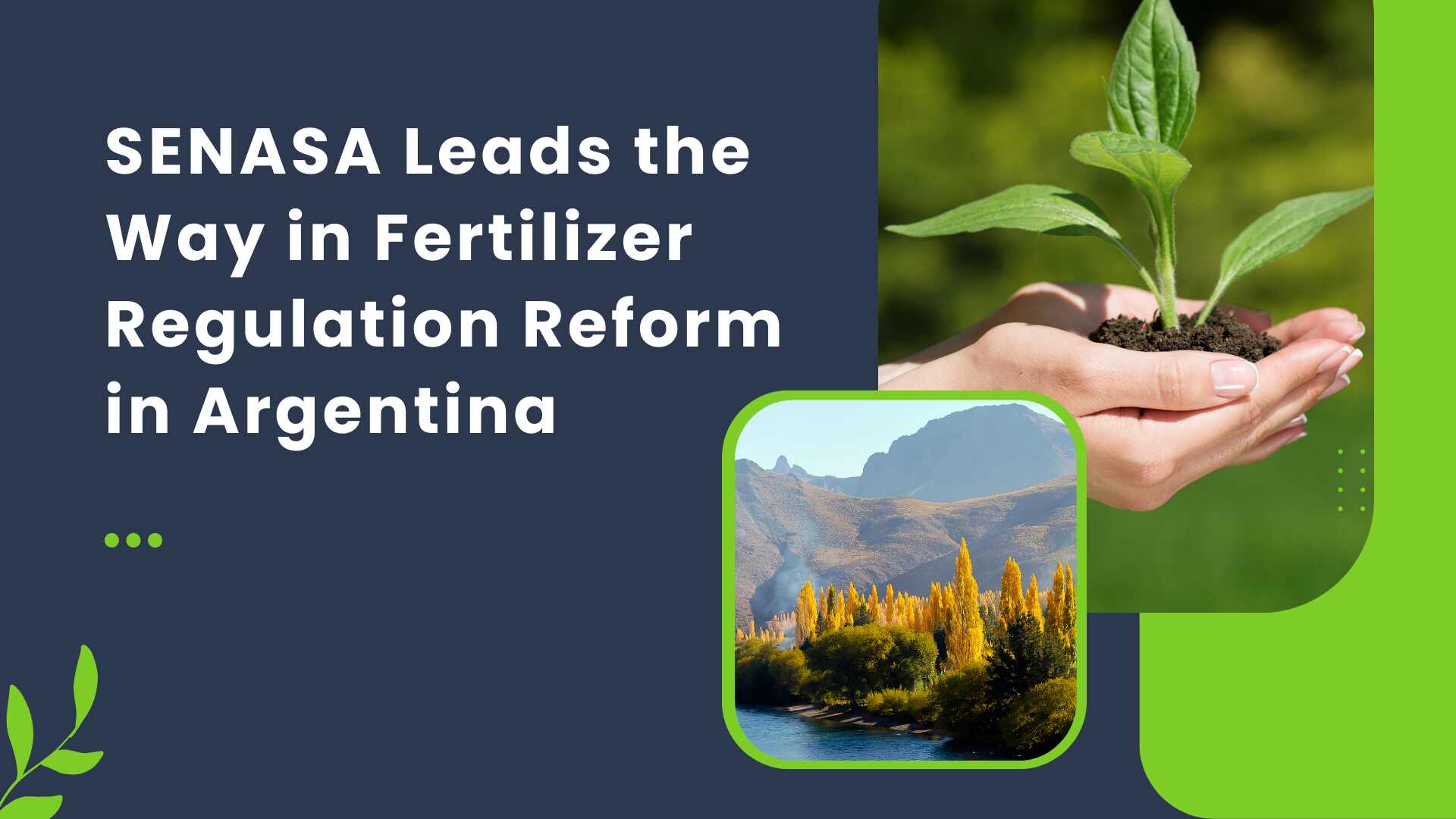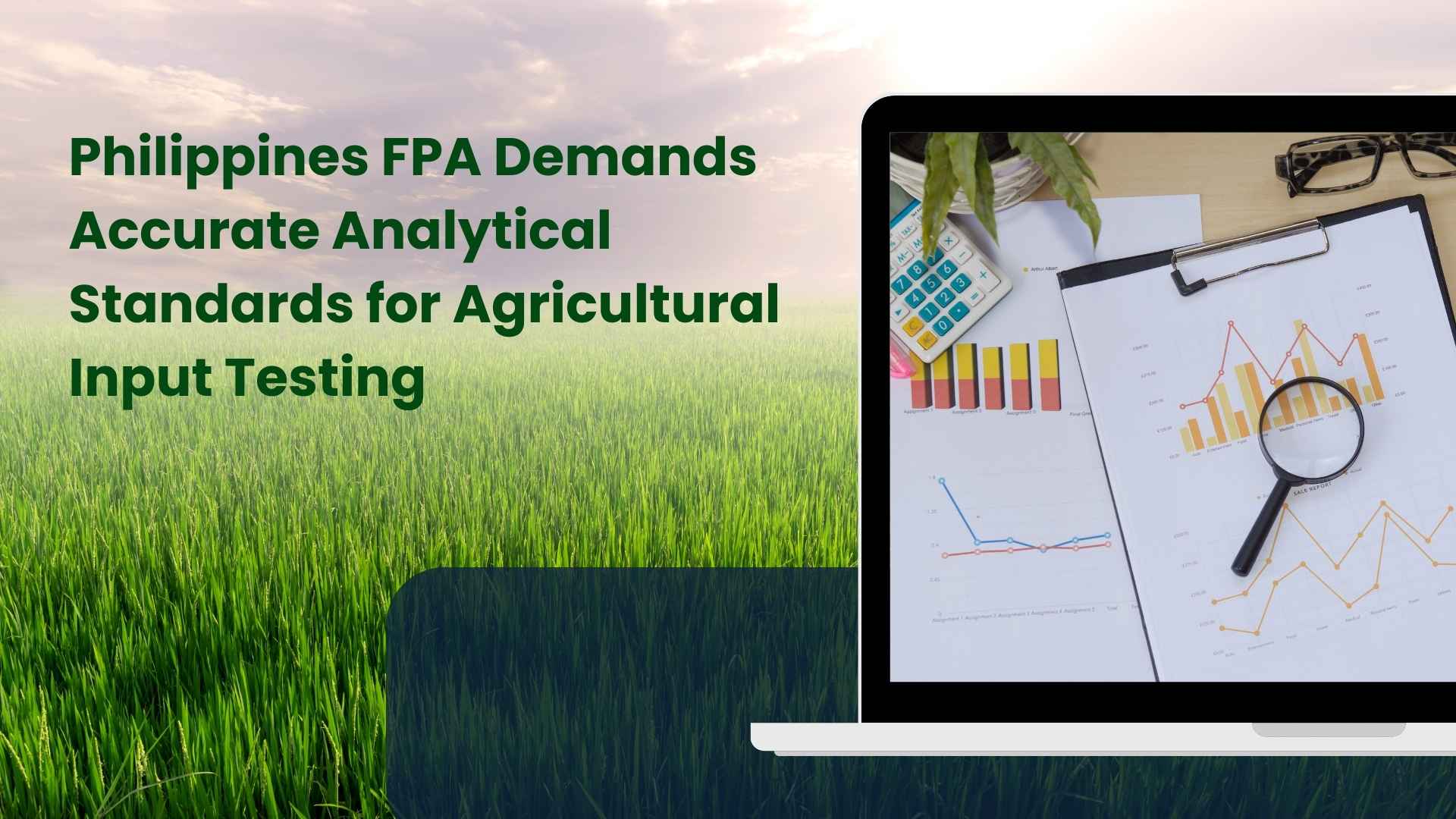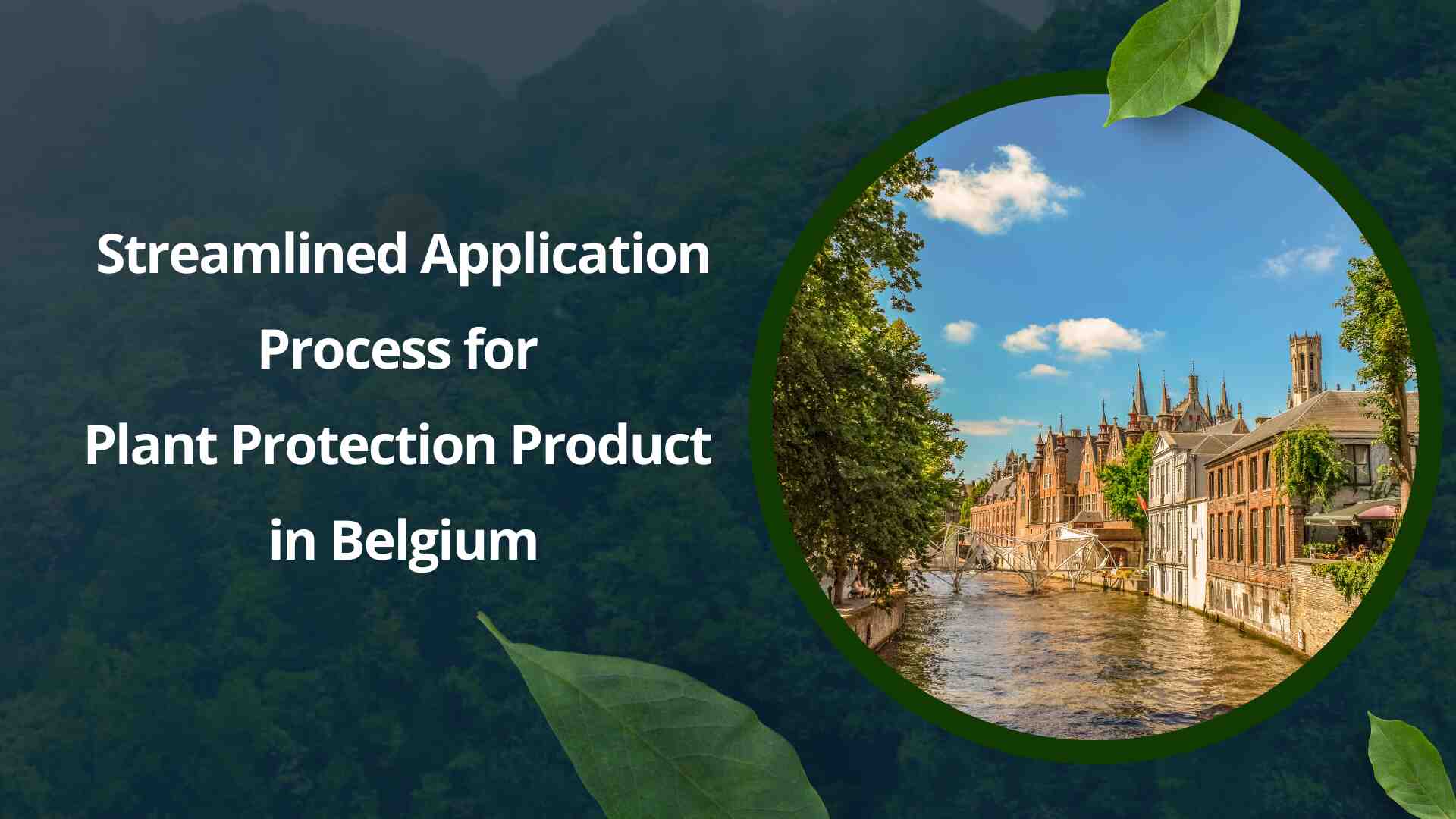This Guidance includes technical guidance on how to conduct hazard and exposure assessments, as well as risk characterization for biocidal active agents and products in terms of effectiveness.
The year 2023 brings forth a comprehensive and illuminating resource for the biocidal industry with the release of Volume II of the guidance on biocidal products regulation (BPR). The biocidal industry plays a crucial role in safeguarding public health and the environment by providing products designed to control harmful organisms.
This guidance, which concentrates on Efficacy Assessment and Evaluation, particularly in Part B and C, offers invaluable technical advice on the meticulous execution of hazard assessment, exposure analysis, and risk characterization for biocidal active substances and products.
About Guideline Release
The release of Volume II of the Guidance on the BPR has been met with enthusiasm from within the industry. Professionals and organizations involved in the production, regulation, and application of biocidal products appreciate the clarity and precision offered by the guidance. It is anticipated that this comprehensive resource will streamline efficacy assessment processes, enhance product safety, and ultimately contribute to the overall betterment of public health and environmental protection.
In a significant development for the biocidal products industry, the latest version of the “Guidance on the Biocidal Products Regulation Volume II: Efficacy Parts B+C: Assessment and Evaluation” has been released as Version 6.0. This updated guidance, released in August 2023, provides critical insights and instructions for the assessment and evaluation of biocidal products under the Biocidal Products Regulation (BPR).
The Biocidal Products Regulation is a comprehensive regulatory framework in the European Union (EU) that governs the placing of biocidal products on the market and their use. These products, which include disinfectants, preservatives, insecticides, and other substances designed to control harmful organisms, must undergo rigorous testing and evaluation to ensure their efficacy and safety.
Key Highlights of Version 6.0:
Enhanced Clarity: The new version offers improved clarity and specificity in its instructions, addressing industry feedback and emerging challenges faced during the assessment and evaluation process.
Updated Scientific Knowledge: Version 6.0 takes into account the latest scientific advancements and research findings related to the efficacy of biocidal products. This ensures that the guidance remains aligned with the most current understanding of biocidal activity.
Harmonization of Criteria: The guidance aims to harmonize assessment and evaluation criteria across different EU member states, promoting consistent practices and outcomes. This streamlines the process for companies seeking approval for their biocidal products.
Risk Assessment Methods: The guidance elaborates on risk assessment methodologies for biocidal products, helping regulators and manufacturers accurately gauge potential risks and benefits associated with these products.
Sustainability Considerations: Version 6.0 places a greater emphasis on the environmental impact of biocidal products. It encourages the use of sustainable and eco-friendly formulations while maintaining efficacy.
Transparency and Communication: The updated guidance promotes transparency and communication among all stakeholders, including industry players, regulatory authorities, and the public. This open approach enhances public awareness and understanding of biocidal products.
Major change
Aside from a few aesthetic changes, such as the List of Abbreviations, the significant difference is the addition of Section 5.6.5 for biocidal product type 19 – PT19 repellents and attractants.
The release of Version 6.0 reflects the ongoing commitment of regulatory authorities and industry experts to ensure the safety and efficacy of biocidal products in the EU market. This comprehensive guidance equips manufacturers, evaluators, and regulators with the tools they need to navigate the complex landscape of biocidal product assessment and evaluation.
Experts and stakeholders in the field believe that the updated guidance will facilitate more efficient and effective evaluations of biocidal products, ultimately improving public health and the environment.
If you want to register biocidal goods like insect repellents, you now have new advice and standards on how to conduct effectiveness testing.









